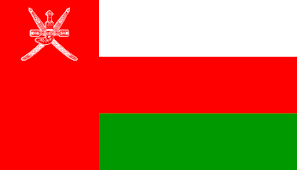
Qom
description
Qom and Its Tourist Attractions
Qom is an important hub of religious tourism in Iran. It is home to Fatima Holy Shrine, the sister of the eight Shia Imam, and other religious centers.
Being located on the Silk Road, this religious city has always been an important communitive center of Iran. Today, it is known as a touristic busy city. Since this city is 150 km from Tehran, the capital of Iran, it has taken on high importance.
The best time to travel to this city is the early spring and the early fall. Being far from the sea and having low height, it has hot and semi-dry climate. So, it is too hot in the summer and too cold in the winter.
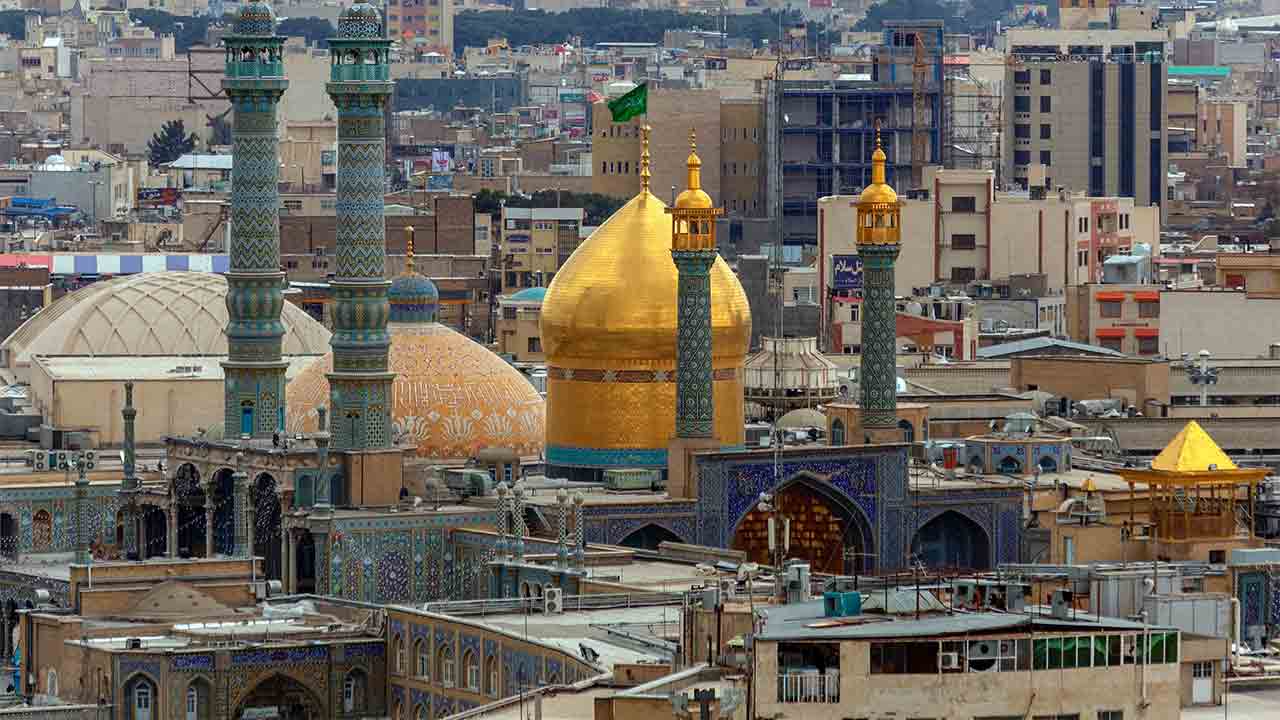
The Rich History of Qom
According to the archeological discoveries, Qom has left a history for over a thousand years behind. Roman Ghirshman, a well-known archeologist, believes that this region is of the first human settlements. The researches carried out in 1979 also confirms this theory.
In the pos-Islamic eras, many Arab people emigrated to this city. It turned to an important city of the Islamic world, especially in the Umayyad and Abbasid Caliphate. This city took on added importance after Lady Fatima passed away there.
The Touristic Attractions of Qom
Fatima Holy Shrine, the Most Important Religious Site of Qom
Fatima Holy Shrine is the most important religious and touristic city of Qom. It is the burial place of the eight Shia Imam’s sister who passed away in 816 in this city.
Apart from the religious significance, Fatima Holy Shrine has a magnificent architecture. This site includes many ravaqs (portico) and sahns, the most important of which are Mirror and Atiq Sahns. Mirror Sahn, situated on the eastern side of the shrine, is decorated with countless mirror pieces. Atiq Sahn is an octagonal space. It is said that the 8-side architecture of this space is an inspiration from the 8th Shia Imam.
Ftima Holy Shrine is also considerable historically. This religious site is also the burial place of famous and influential Safavid and Qajar kings. Shah Abbas II, Shah Sultan Husayn and Shah Suleiman are buried in the south of the shrine. The northern side of the shrine is the burial place of Qajar Kings such as Mohammad Shah Qajar and Fathali Shah Qajar. Currently, all their tomb stones are preserved in the museum.
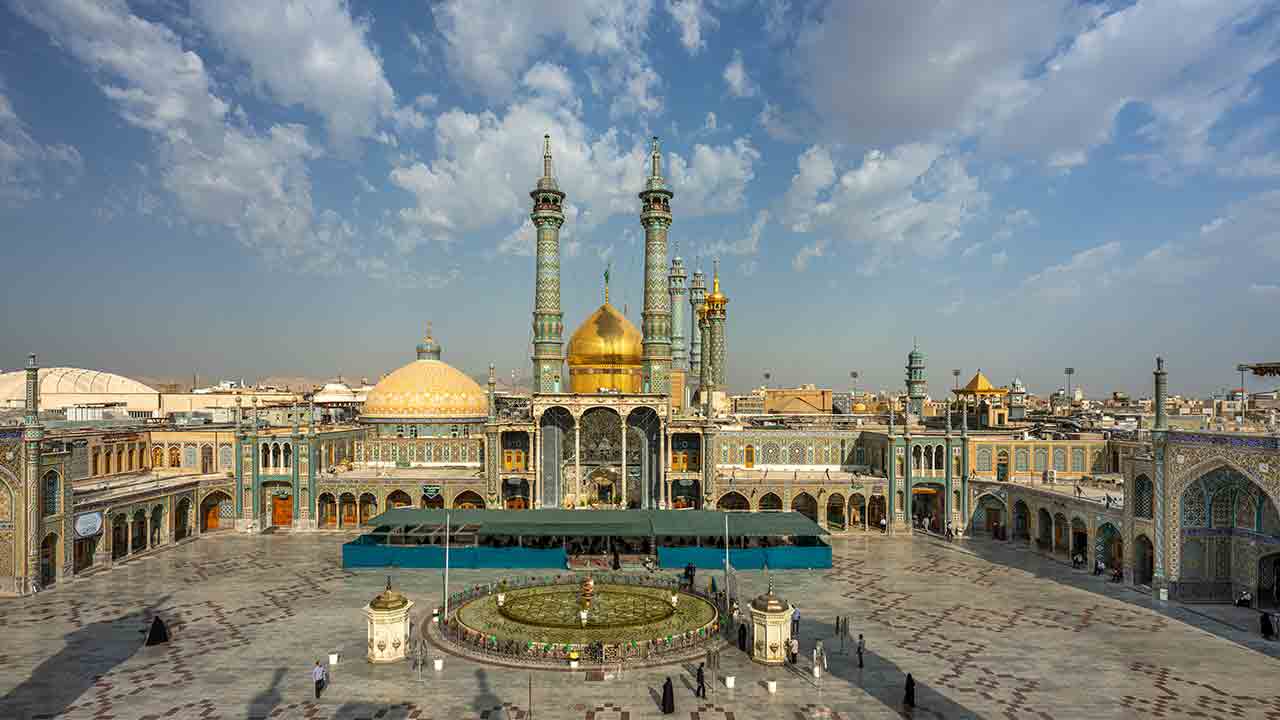
Beit Noor (the House of Light), the Worship Place of Lady Fatima
Beit Noor is the place in which Lady Fatima worshiped. This place used to be the house of an influential person of the city. Lady Fatima resided in this house after her entry to this city. She worshiped in this house for 17 days then passed away due to disease.
Beit Noor lies in the old district of this city. Today, it is considered as a worship place and holds different religious ceremonies.
The Museum of Lady Fatima in Qom
The museum of Lady Fatima consists of a valuable treasury belonging to different eras. This museum was established in 1935 and holds precious exhibits dating back to the Teymourid, Safavid, Qajar and contemporary eras. Among the most important exhibits we can point to old Quran manuscripts and glassware & potteries belonging to the first or second millenniums BC.
One of the most valuable Quran manuscripts held in this complex is attributed to the 8th Shia Imam. This old Quran is inscribed on the deer skin and has a leather cover adorned with gilt.
The oldest part of this museum has been devoted to the ancient potteries many of which were discovered in Sialk Archeological Hills, close to Kashan. Some other potteries were excavated in the archeological regions around Qom.
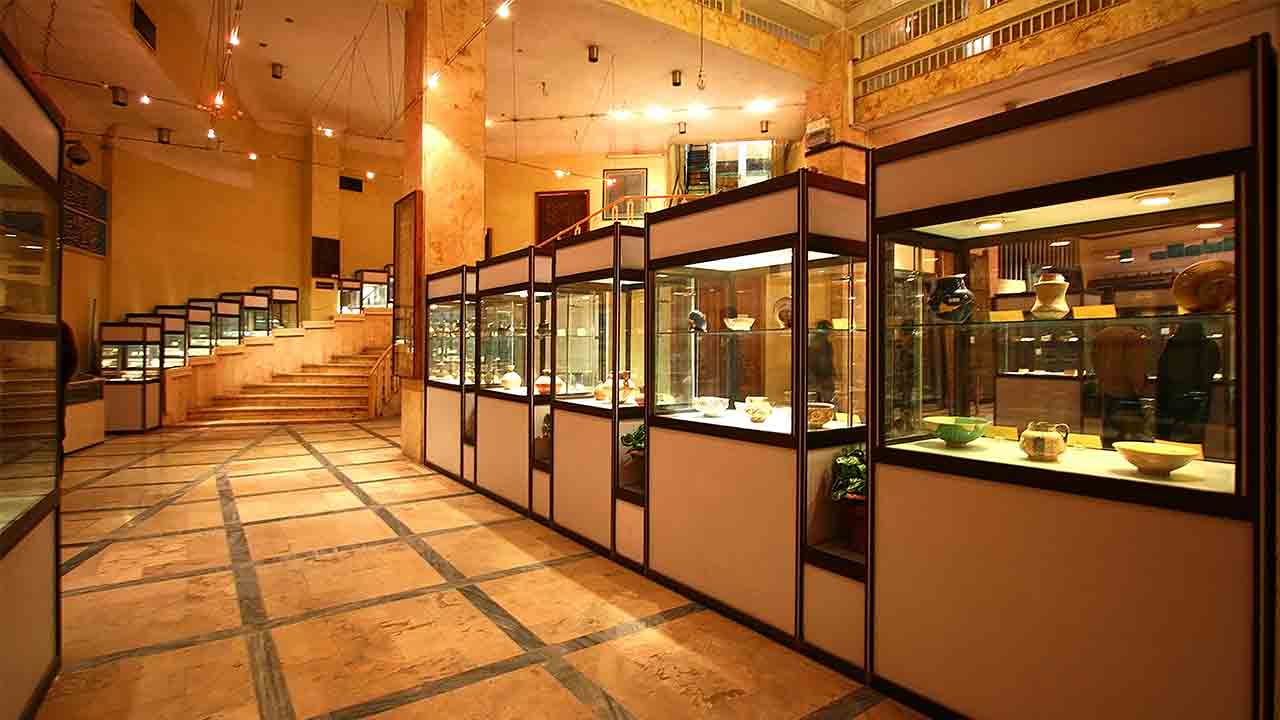
Jamkaran Mosque, a Religious Site in a Close Distance from Qom
Jamkaran Mosque is another holy site of this city. This mosque, situated 6 km from the city, was constructed in the 9th century. Muslims believe that the night before Wednesday and the night before Friday are the best times to worship in this place.
According to the religious documents, Jamkaran Mosque was constructed by the order of the 12th Shia Imam. The story goes that a person, named Sheikh Hasan Ibn Masaleh, claimed having the dream of the 12th Shia Imam. In the dream, Imam asked him to construct a mosque in which people say their prayers. Shia Muslims believe that the 12th Imam, also known as Imam Zaman (master of the age), is in occultation currently.
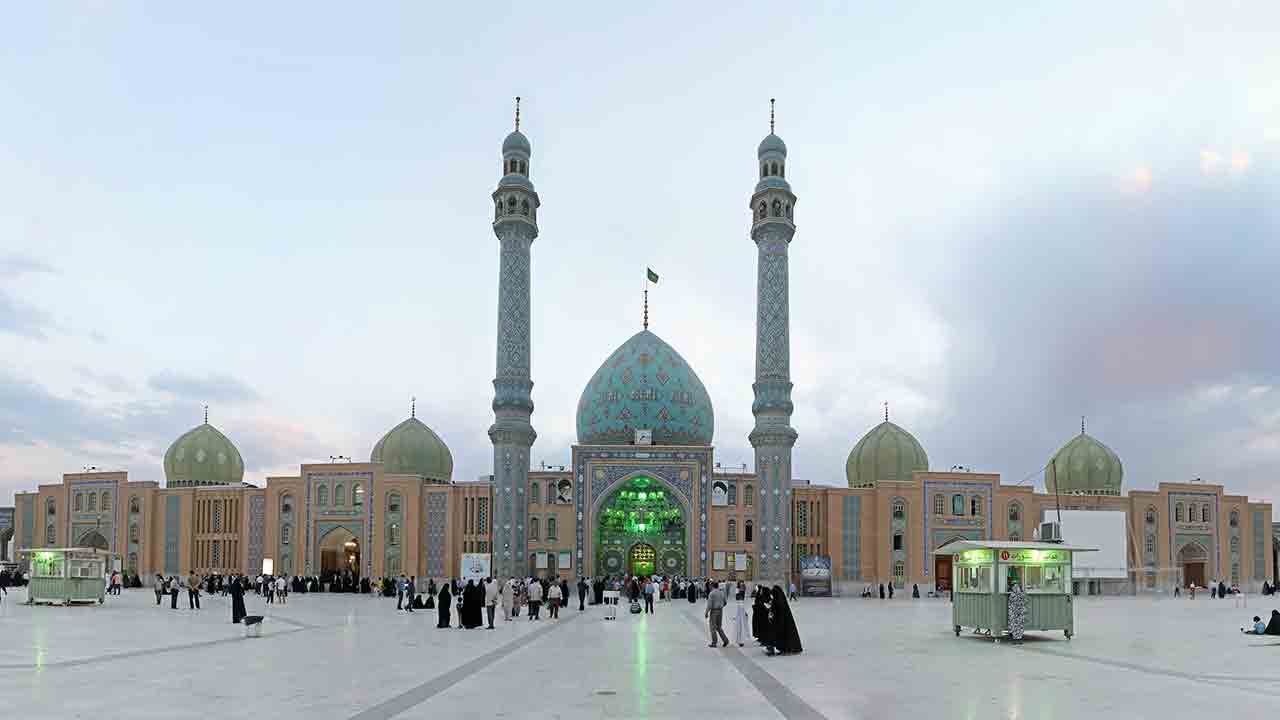
Prophet Khezr Mountain, an Old Worship Place
Prophet Khezr Mountain, located in a close distance from Jamkaran Mosque, used to be a place in which mystics worshiped. Today, it has turned to a religious, touristic place because of its eye-catching view to this holy city. The stairs having been devised in the foothills, provide this opportunity for people with all age categories to climb it.
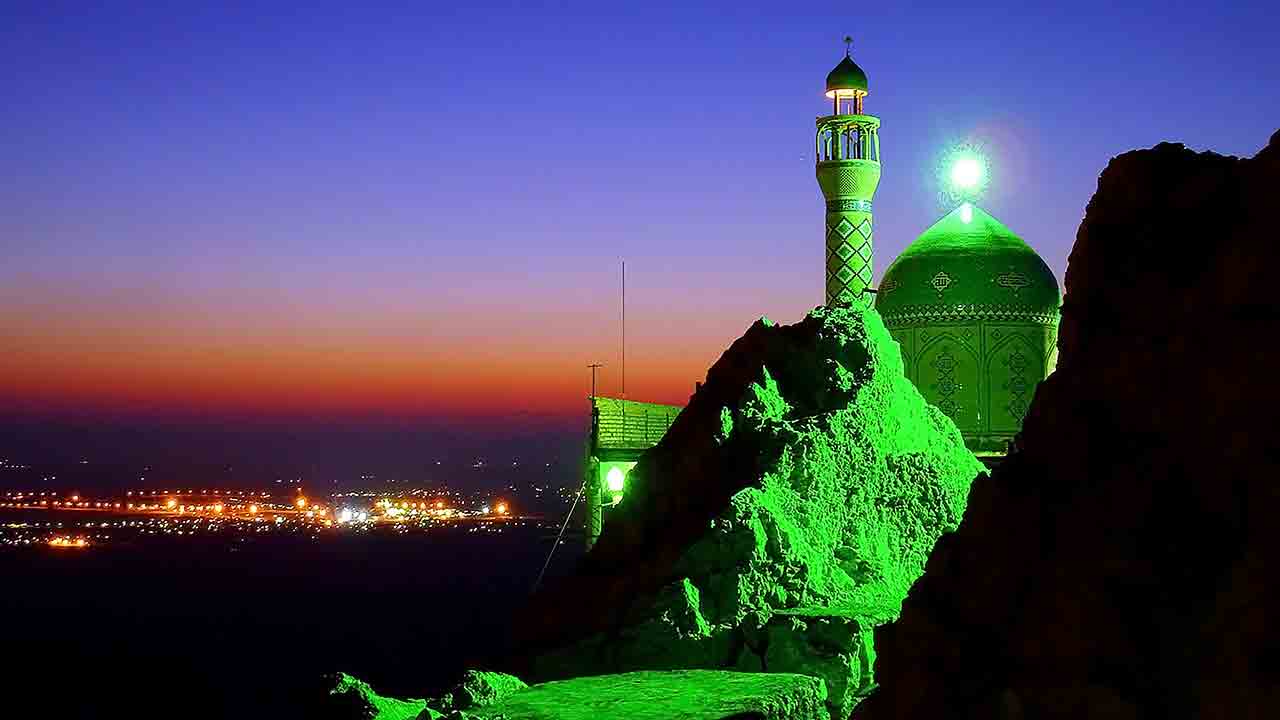
The Religious Rituals of Qom
This city hosts many rituals that are performed with special traditions. On the occasion of Eid al-Adha, people dye the sheep with henna, fasten red fiber around their necks, put candy in their mouth and sacrifice them. In general, all the religious ceremonies are performed with more passion compared to the other cities of Iran. Therefore, people travel to this city from other cities or Islamic countries to attend in these ceremonies.
Qom, an Important Training Center of Religious Scholars
Qom is the training center of clergies in Iran. The most famous and eminent Shia philosophers have been trained in this city. That is a factor involved in the prosperity of the city.
Feizieh School is one of the historical centers for Islamic teachings. This theological school is situated at the vicinity of Fatima Holy Shrine. This building, dating back to the Safavid era, is listed in Iran National Heritage. It is a place that is visited by tourists.
How is the Dressing Code of People in Qom?
The people of Qom have religious dressing style. Women usually wear chador. It is a black garment that covers all body and has no sleeves. Most of the men usually wear long-sleeved shirts along with loose trousers. They also fasten their collars.
Clergies account for a majority of the population of this city. It is home to the most important theological schools. Walking in the street, you will face Mullahs in long shirts and Aba (cloak). They also wear a special black or white turban, called Amameh.
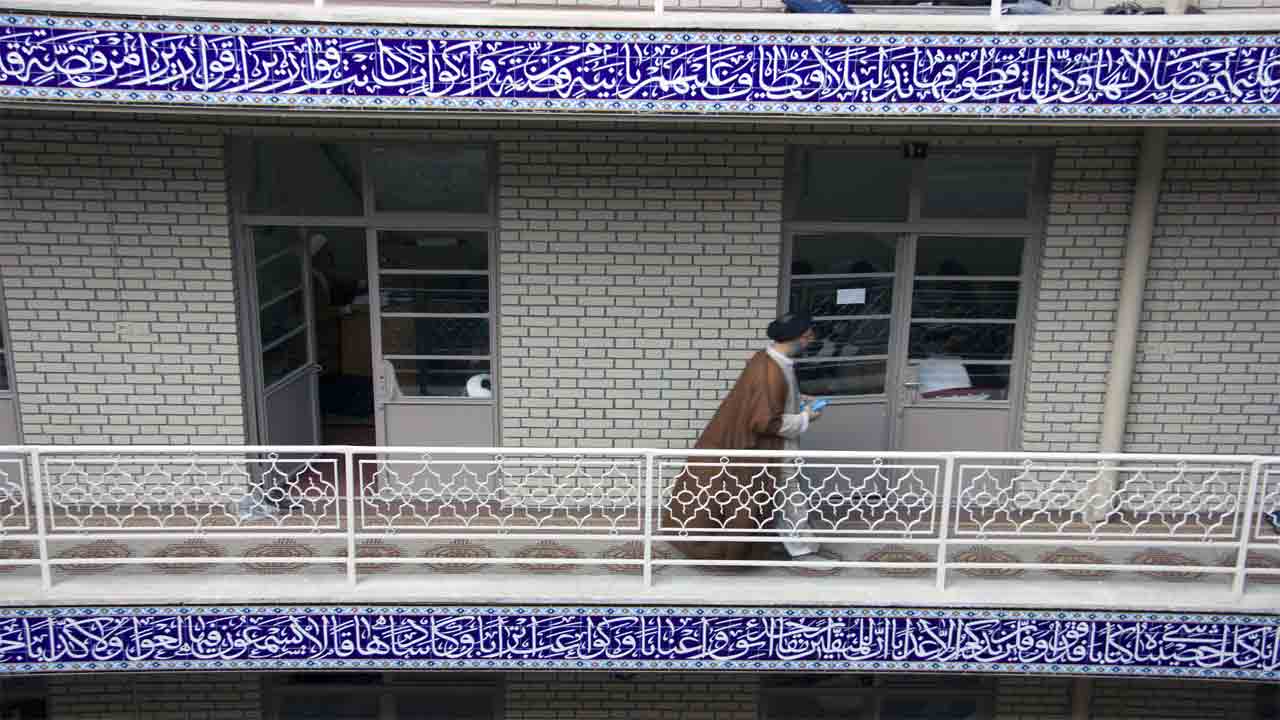
The Hotels of Qom, Designed Based on the Latest Standards of the World
The accommodations of this city are in a good place. There are several 4-star hotels in this holy city that offer the best services to the tourists. All the personnel of these hotels are fluent in Arabic and completely familiar with the expectations of Arabi tourists.
Most of the hotels are close to Fatima Holy Shrine, and have a good perspective to this holy site. So, the guests can reach the shrine easily. In addition, all the hotel rooms have been marked with Qibla direction and provide the guests with Quran, prayer beads and prayer mat.
Sohan and Carpet, the Most Important Souvenirs of Qom
Sohan is the most popular souvenir of this city. This traditional candy, attributed to the Qajar era, belonged to the courtiers and noblesse at first. By the passage of time, it was promoted among the ordinary people and became so popular.
The recipe of Sohan changed overtime in line with the taste of the locals. What is common in all kinds of Sohan is flour, wheat germ, sugar, yolk and oil. You can also add some honey and sesame to this candy.
One of the most famous Iranian hand-woven carpets, which is made from silk, is produced in this city. Qom carpet features mesmerizing patterns and is considered as a precious article.
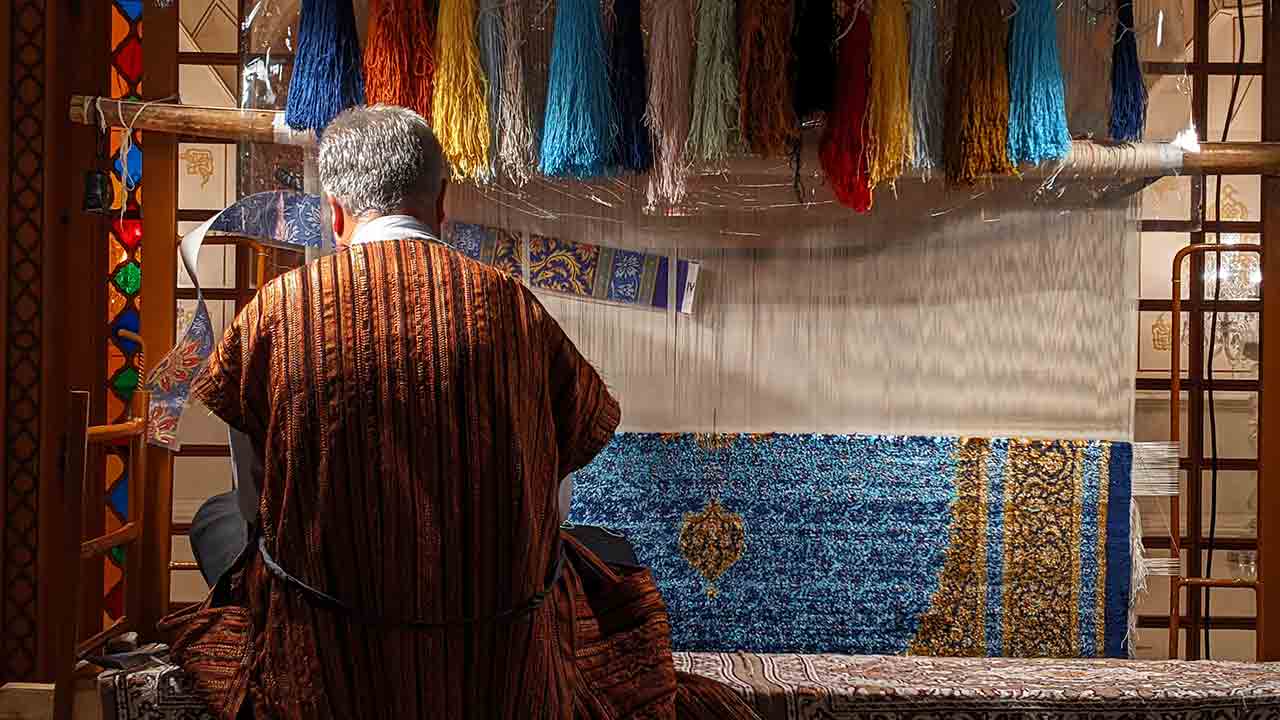
Qom, an Ideal Destination for Muslim Tourists
On your trip to Iran, make sure to visit the religious city of Qom. This city is an ideal destination for Muslim tourists so that Muslims can easily act in accordance with their religious customs. There are many mosques and shrines in this city from which you can hear call to prayer. The women of this city wear in Islamic way, and all Halal foods are available for the public.
Being home to many important shrines, Iran is one of the most significant countries in the field of halal tourism. In addition, all the recreational areas are in accordance with the requirements of Muslims. So, Muslims can perform their religious duties in peace.
1001 Nights Tours has included this city in pilgrimage tours. To know more about such tours, click here. If you are interested to know about Iran religious cities, click here.
